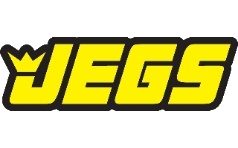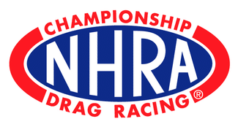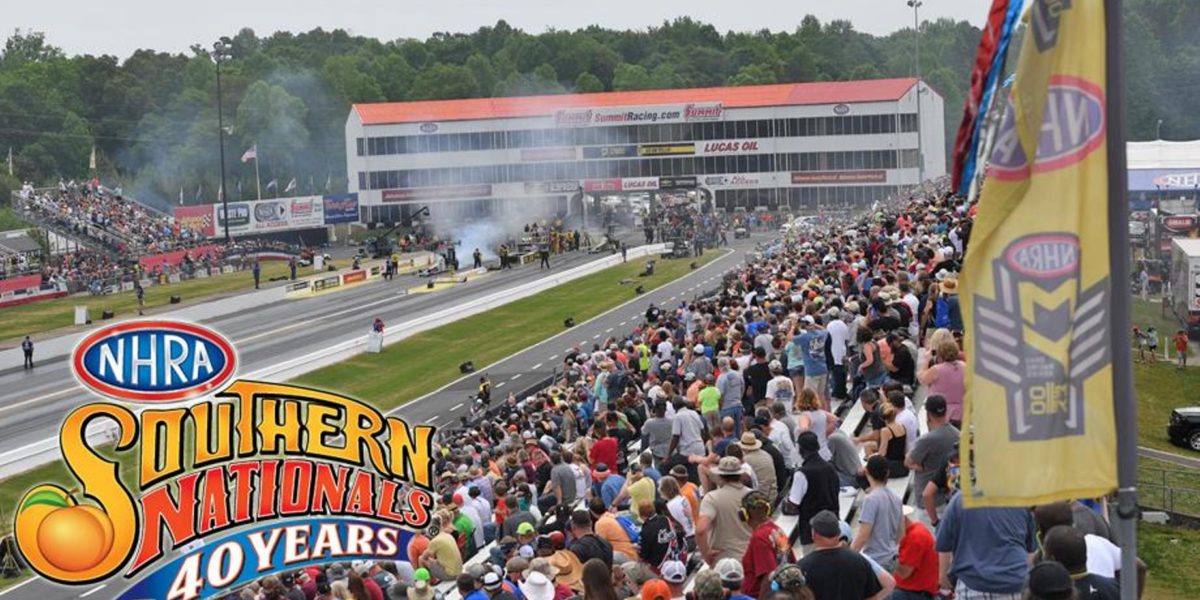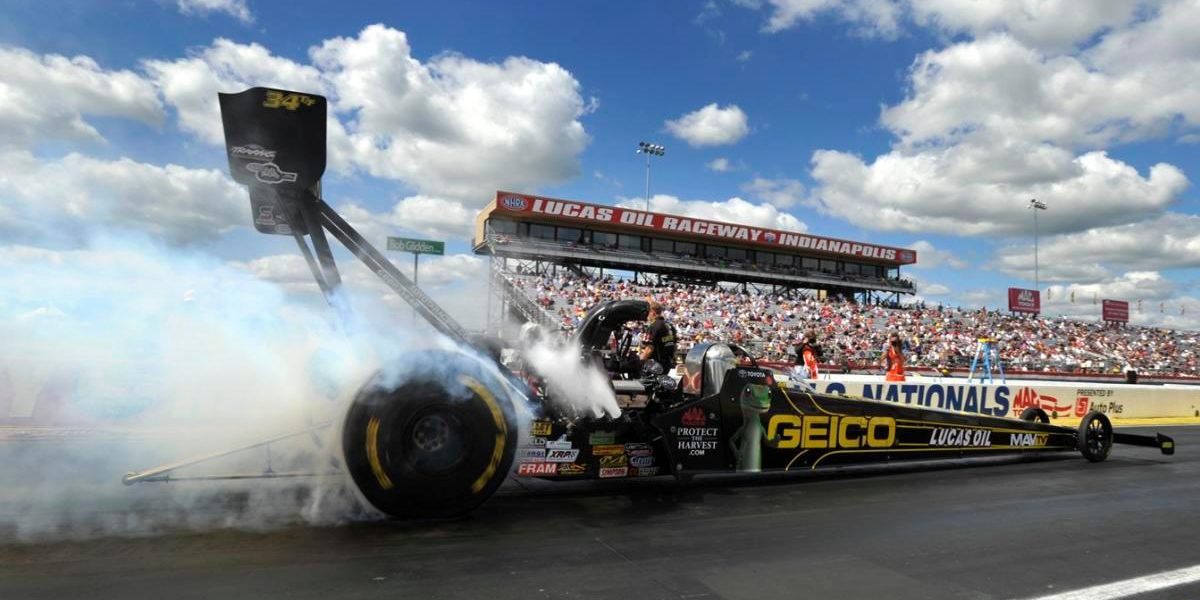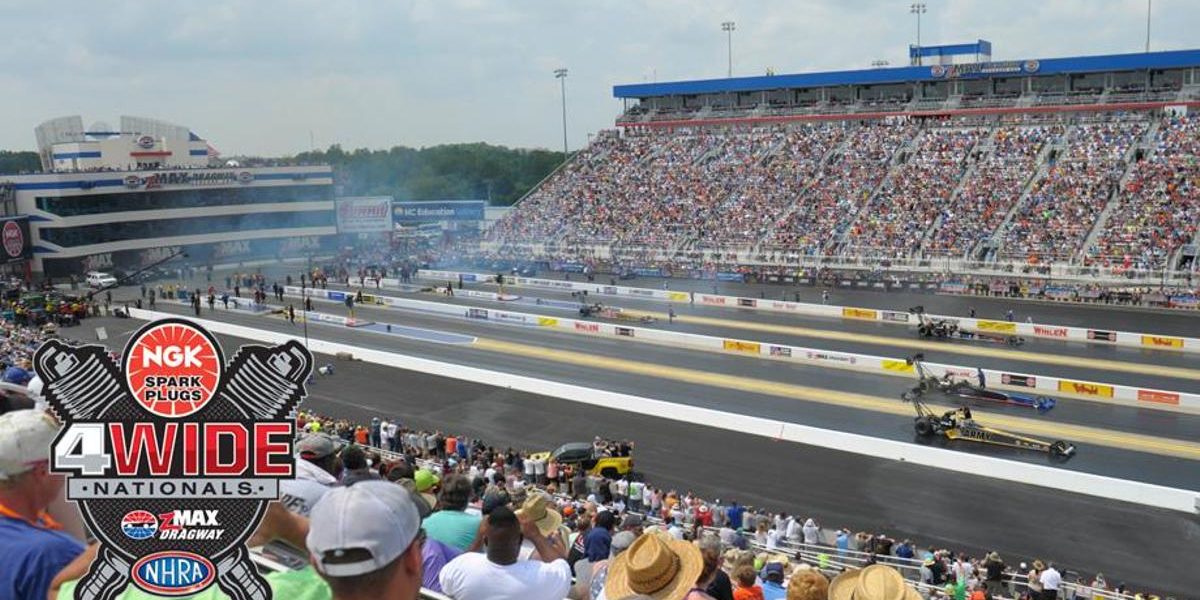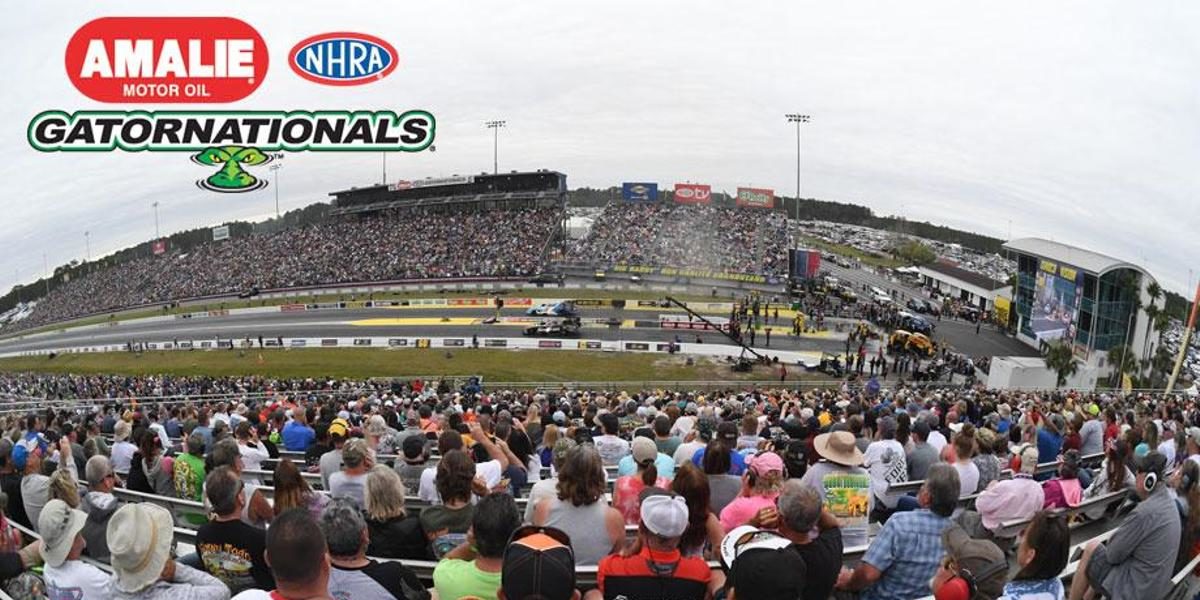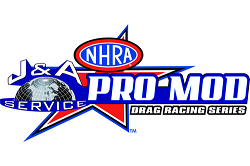Case Comp Certain Formula One Engine Manufactures
Dear Sir / Madam,
i. l refer to your complaint of 10 September 2009 lodged with the Commission against Fédération Internationale de l'Automobile (FIA), Bayerische Motoren Werke Aktiengesellschaft (BMW), Fiat S.p.a. (Fiat), Ford Motor Company (Ford), Honda Motor Co. Ltd. (Honda), Renault, Toyota Motor Corporation (Toyota), Doma Sports S.L. (Doma), and Fédération lntemationaie de Motocyclisme (FlM) regarding alleged violations of Article 101 and 102 of the Treaty on the Functioning of the European Union (T1'-"EU)1 in connection with the use of BRV Pty Ltd's (BRV) rotary valves in the Formula One and MotoGP championships. I also refer to your letters of 21 April, 26 May and 23 July 2010 by which you provided additional information/explanations on the above matter.
With effect from 1 December 2009, Articles 81 and 82 of the EC Treaty have become Articles 101 and 102, respectively, of the TFEU; the two sets of provisions are in substance identical. For the purposes of this letter references to...

